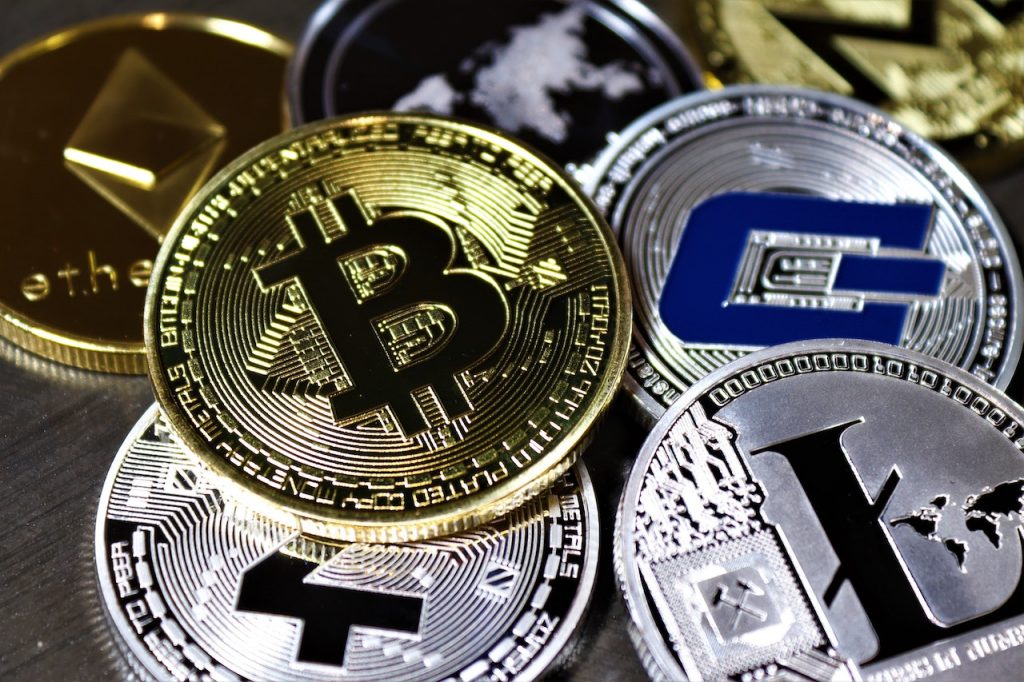
James Carter
Bitcoin Golden Cross Confirmed-What Next for BTC Price?

The Bitcoin market had a major technical event. Bitcoin’s 50-day simple moving average (SMA) is $19,825, surpassing the 200-day SMA of $19,723. This has never happened before. Technical analysts call it a “golden cross” when the 50-day SMA crosses the 200-day SMA. The market’s momentum has improved. Bitcoin has received only seven golden crosses in ten years.
A golden cross is seen as a signal to purchase by some analysts, or at the very least. It is one of the technical indicators and other indicators that these analysts consider when making trading decisions. Both the 50-Day SMA and the 200-Day SMA receive a significant amount of focus and attention from investors. As a consequence of this, a golden cross may result in increased purchasing pressure in the Bitcoin market if it encourages additional buyers to participate in the market.
What Next After the Bitcoin Golden Cross Reached?
Now that the golden cross has been proven, many investors want to know if this is a good sign to buy. Actually, sometimes. A recent article discussed how golden crosses have only sometimes been a good sign to buy Bitcoin.
If you bought Bitcoin at each of the last seven golden cross events and kept it for 90 days, you would have made money four out of the seven times. The difference between these gains would have been anywhere from 10% to 80%. After 90 days, you would have been flat one out of every seven times, and you would have been down twice (by 20% and 45%).
If you had held for 365 days, five out of seven times, you would have won. Again, the size of gains over this period can be anywhere from 25% to 400%, which is a considerable range. The two times you would have been down after a year was during the terrible bear markets in 2014 and early 2015 and late 2021, and late 2022.

The results may be more bullish if you modify the buy signal so that you only buy when a golden cross occurs after the 50-Day SMA has been below the 200-Day SMA for a long time (after a Bitcoin bear market, not during a choppy bull market). If you had purchased after the golden cross occurrences that occurred in July 2015, October 2015, and April 2019 and retained them for a year, you would have made approximately 130%, 120%, and 25%, respectively.
The most recent golden cross occurred after the 50-day simple moving average (SMA) had been below the 200-day simple moving average (SMA) for a considerable amount of time, exactly like these earlier instances. In light of what has transpired in the past, an increase of one hundred percent in the next year is a distinct possibility. In other words, the value of one Bitcoin may potentially reach over $40,000 by the beginning of 2024.
Bitcoin Also Sees Weekly Death Cross, But Bottom Could Well Be In?
Things are made worse because Bitcoin just saw its first “death cross” on its weekly candle sticks. More specifically, the 50-Week Simple Moving Average (SMA) has moved below the 200-Week Simple Moving Average (SMA) for the first time in the history of cryptocurrency. This is a sign that Bitcoin bears will surely take to heart.
But that’s only one symptom of things moving down, and the number of characters going up is expanding. According to a recent article, seven of Glassnode’s eight technical and on-chain indicators in their “Recovering from a Bitcoin Bear” dashboard are signaling the bottom. CryptoQuant’s Profit and Loss (PnL) Index, a crucial on-chain indicator, gave a buy signal for the first time since 2019.
More Bitcoin users mean better on-chain and technical signals. The amount of wallet addresses with a balance greater than zero may soon set a record. A recent @CryptoHornHairs post and Bitcoin’s stock-to-flow pricing mechanism suggest that Bitcoin is likely in the early stages of a multi-year bull market.
If the U.S. Federal Reserve raises interest rates more than expected in 2023, the bull tale could suffer. The markets expect rates to rise a few more times to just over 5% before falling at year’s end. On Tuesday, Fed Chair Jerome Powell suggested more tightening if the U.S. labor market remains robust. This year’s rate hikes are only 100 bps compared to 2022’s 400+ bps.
Latest
Bitcoin
16 Jan 2024
Bitcoin
31 Aug 2023
Bitcoin
24 Jun 2023
Bitcoin
24 Jun 2023
Bitcoin
24 Jun 2023
Bitcoin
23 Jun 2023













